Lying on the east coast of Spain , along the famous beach resort of the Costa Blanca , Benidorm is a true paradise for fun lovers. A small fishing village until the 1960s, today it is renowned for many other virtues: an unmissable destination for a holiday on the Mediterranean coast , the city is known for its endless golden beaches surrounded by modern skyscrapers and tree-lined avenues, but above all for its nightlife, which animates without rest beaches and clubs throughout the city.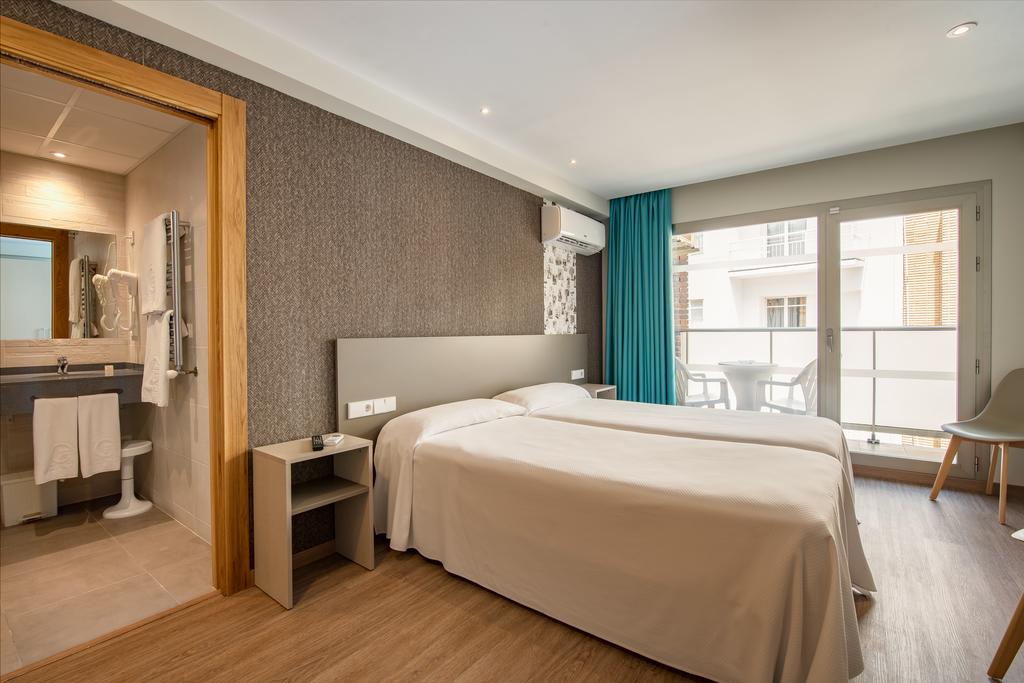
Benidorm is one of the most popular holiday destinations for holidays in Spain and there are so many reasons to choose this city: low-cost prices , fabulous sea and guaranteed entertainment at all hours of the day and night are just some of the main reasons . With SiViaggia you can discover all the must-see stops for an unforgettable holiday in Benidorm !
Related videos • 5 cose da fare in Finlandia
How to get to Benidorm and where to stay
Reaching the city is very simple and also very cheap: Benidorm is just a few kilometers from Alicante or Valencia ; just book a low-cost flight to one of these two airports and from there hang a bus, which will take you to your destination in just an hour’s journey. Even the overnight stay is very cheap on average and the types of accommodation can satisfy every traveler: Benidorm is the second Spanish city by number of hotels after Barcelona.
If you are looking for a central location immersed in the heart of Benidorm’s nightlife, the best option is surely to book a room in one of the hundreds of hotels that crowd the historic center of the city: the Colon hotel for example is located right in front of the beach in the city center and offers breathtaking rooms; the hotel La Santa Faz instead is ideal for those looking for central accommodation spending as little as possible. If, on the other hand, you want to opt for a quieter but equally comfortable accommodation, the best choice is certainly an apartment, perhaps one of the many accommodations on top of the skyscrapers from which you can admire the extraordinary skylineof the city, such as the Apartamentos Gemelos .
What to do in Benidorm
Benidorm is considered the Spanish seaside resort town . Its splendid coast consists of two large beaches separated by the small harbor and the panoramic Balcón del Mediterráneo: the Playa de Levante is the main and most visited, it is 2km of beach dotted with pubs and clubs offering all kinds of entertainment; the Playa de Poniente, on the opposite side, is quieter and less crowded, because more distant from the center. Both beaches are free and easily reachable on foot, just cross the avenue and choose any point to enjoy the wonderful crystal clear sea of Benidorm.
But the main reason why every year thousands and thousands of young people choose it as a destination for their holidays is without a doubt the nightlife : the city is full of discos , local live music, festivals , night clubs , strip bar , and any other form of entertainment. As the sun sets along the Playa de Levante, the streets of Benidorm light up with life and each area offers something different.
Guide to the best places in Benidorm
The perfect place to find the right mix is Calle Gerona : an endless row of bars where you can enjoy a good drink on the terrace, a pub where you can have fun and discos to let you enjoy until the morning. For the most party-goers the advice is to head to Tiki Beach , one of the most lively beach bars in Benidorm, particularly famous for its live music nights.

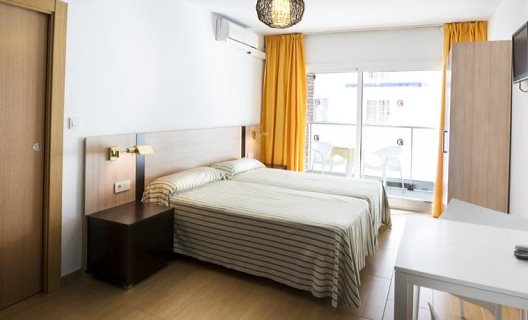
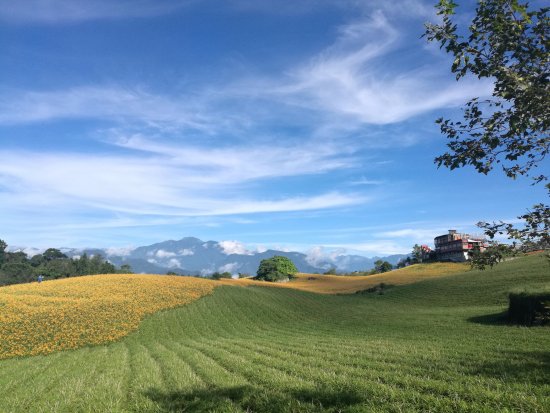
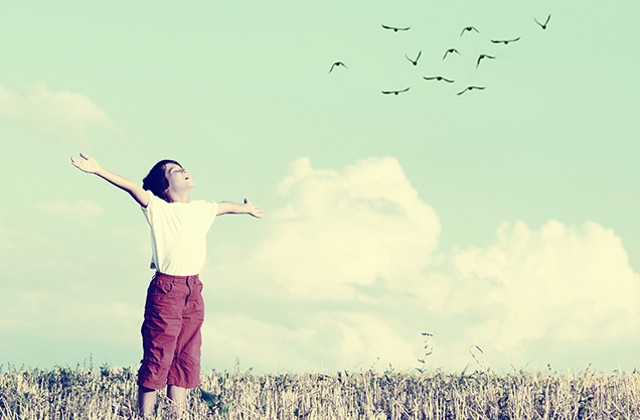


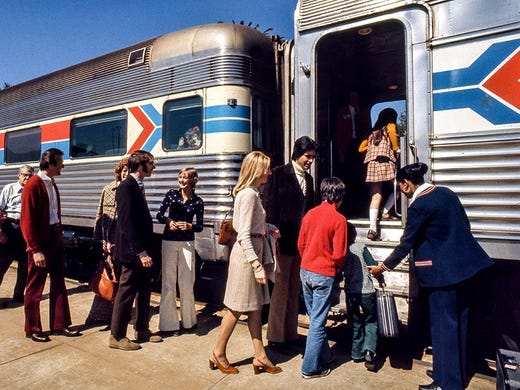
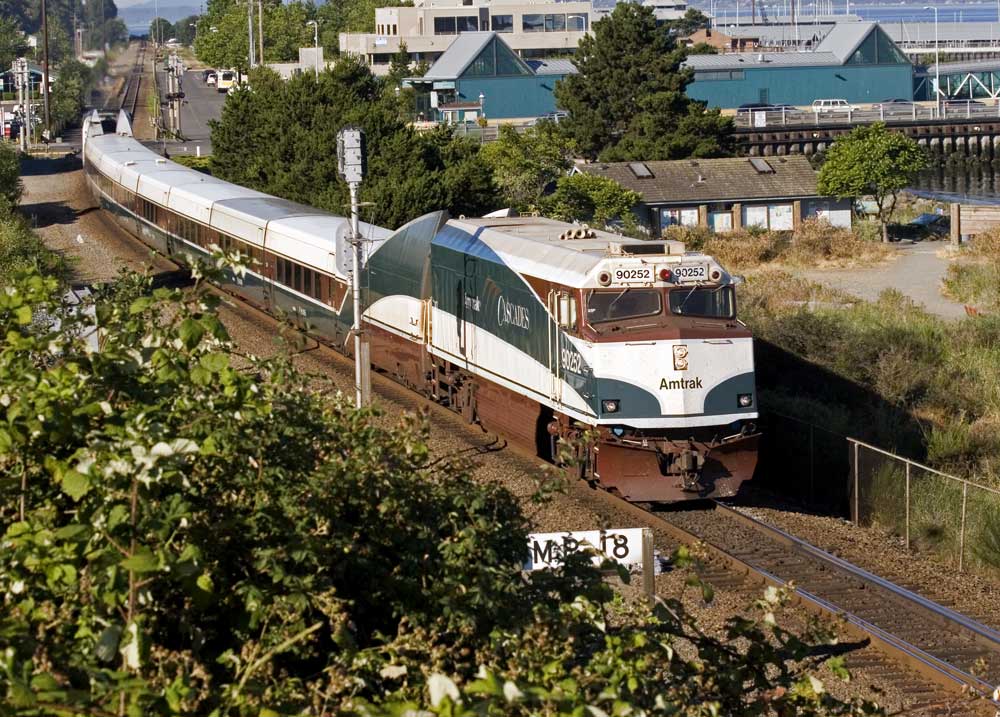
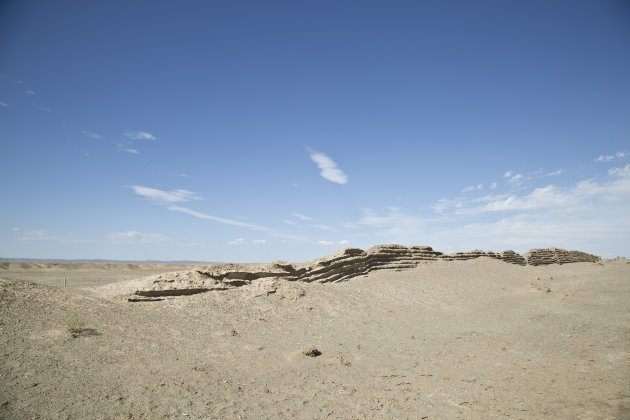 Yet the spatial quality of the wall continues to be a widespread belief, so much so that it has often been denied even by the agencies that deal with tourism in China. It would be enough, however, to compare the size of the continents, so small when they are photographed by the astronaut on duty, with the tonnage of the Chinese fortification. Its average height is between seven and eight meters, says the Encyclopedia Britannica , while the width is six and a half meters.
Yet the spatial quality of the wall continues to be a widespread belief, so much so that it has often been denied even by the agencies that deal with tourism in China. It would be enough, however, to compare the size of the continents, so small when they are photographed by the astronaut on duty, with the tonnage of the Chinese fortification. Its average height is between seven and eight meters, says the Encyclopedia Britannica , while the width is six and a half meters.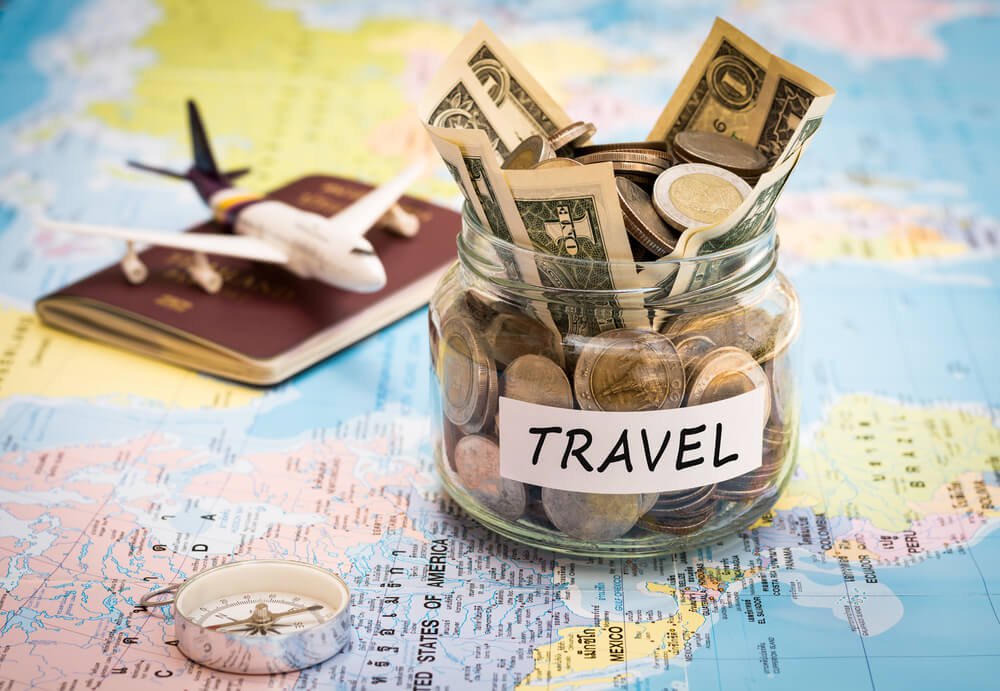 Far from crowded stations and high-speed trains, there is a place in Italy where you can get on a vintage convoy and take a journey through time, crossing natural parks, countries with ancient origins and snow-capped mountains in winter. very green in summer. Inaugurated in 1897, the Sulmona-Carpinone-Isernia railway connected Abruzzo with Molise. In little more than 128 km we passed from a hilly altitude to over 1200 meters. While the few kilometers that separate Isernia to Carpinone are still open to railway traffic, the rest of the line, for some years, is only traveled by historical trains thanks to the collaboration between the State Railways Foundation – which deals, among other things ,Timeless railways – and the Le Rotaie Association .
Far from crowded stations and high-speed trains, there is a place in Italy where you can get on a vintage convoy and take a journey through time, crossing natural parks, countries with ancient origins and snow-capped mountains in winter. very green in summer. Inaugurated in 1897, the Sulmona-Carpinone-Isernia railway connected Abruzzo with Molise. In little more than 128 km we passed from a hilly altitude to over 1200 meters. While the few kilometers that separate Isernia to Carpinone are still open to railway traffic, the rest of the line, for some years, is only traveled by historical trains thanks to the collaboration between the State Railways Foundation – which deals, among other things ,Timeless railways – and the Le Rotaie Association .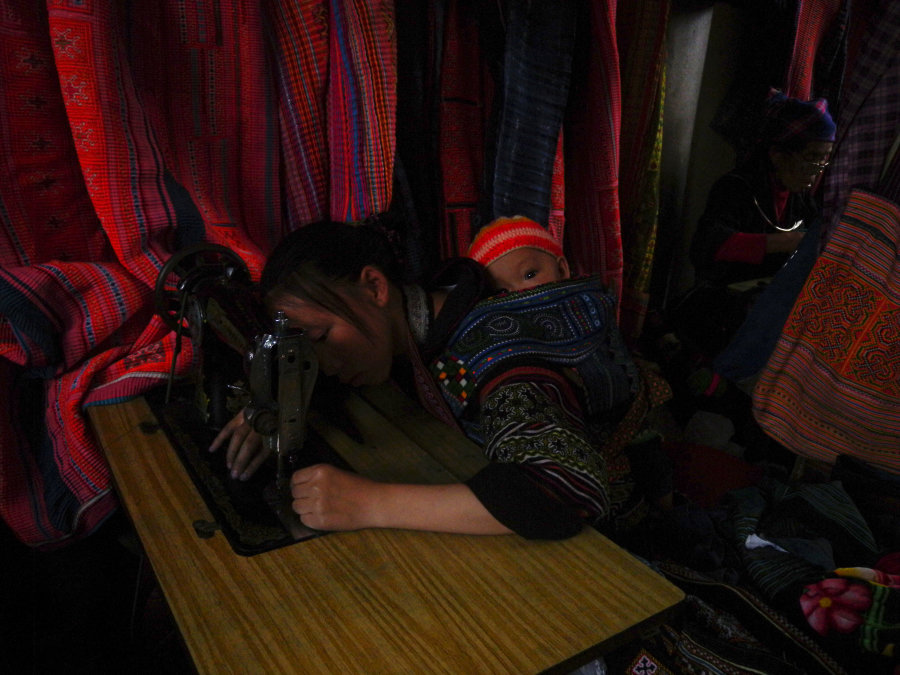 They dress with colored jackets. They cultivate rice, buffalo pastures, walk kilometers and kilometers every day. They live in countries where in a month it can rain what in Rome rains in a year. The Chinese call them “Miao”, for the rest of the world are the “Hmong” : an ethnic group that lives in the mountain regions of southern China and south-east Asia, scattered between Laos, Thailand, Myanmar, Vietnam.
They dress with colored jackets. They cultivate rice, buffalo pastures, walk kilometers and kilometers every day. They live in countries where in a month it can rain what in Rome rains in a year. The Chinese call them “Miao”, for the rest of the world are the “Hmong” : an ethnic group that lives in the mountain regions of southern China and south-east Asia, scattered between Laos, Thailand, Myanmar, Vietnam.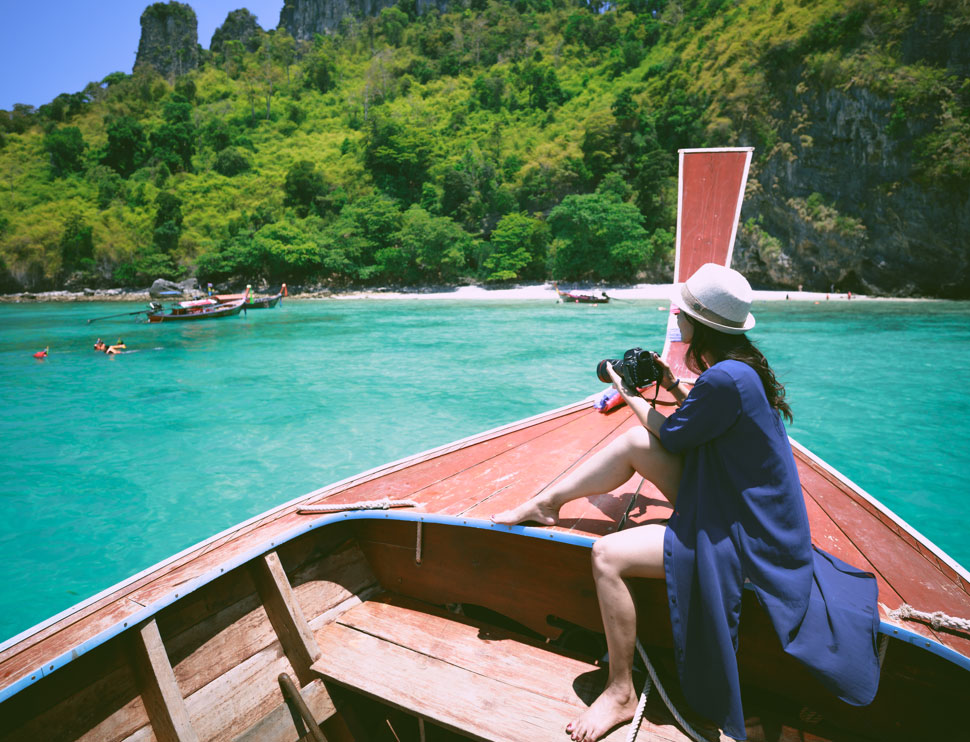 In Prague as in Paris, the cultural revolution took place right behind the windows and tables of literary cafes. Exactly like in the Ville Lumière, also in the capital of the Czech Republic, the story took place in the cafes, where the main artistic manifestations were born and they met and clashed fervid minds, opposition was made, culture was cultivated. In these places of Prague were born for example the current Bohemian Prague, as well as the artistic avant-garde between the two world wars.
In Prague as in Paris, the cultural revolution took place right behind the windows and tables of literary cafes. Exactly like in the Ville Lumière, also in the capital of the Czech Republic, the story took place in the cafes, where the main artistic manifestations were born and they met and clashed fervid minds, opposition was made, culture was cultivated. In these places of Prague were born for example the current Bohemian Prague, as well as the artistic avant-garde between the two world wars.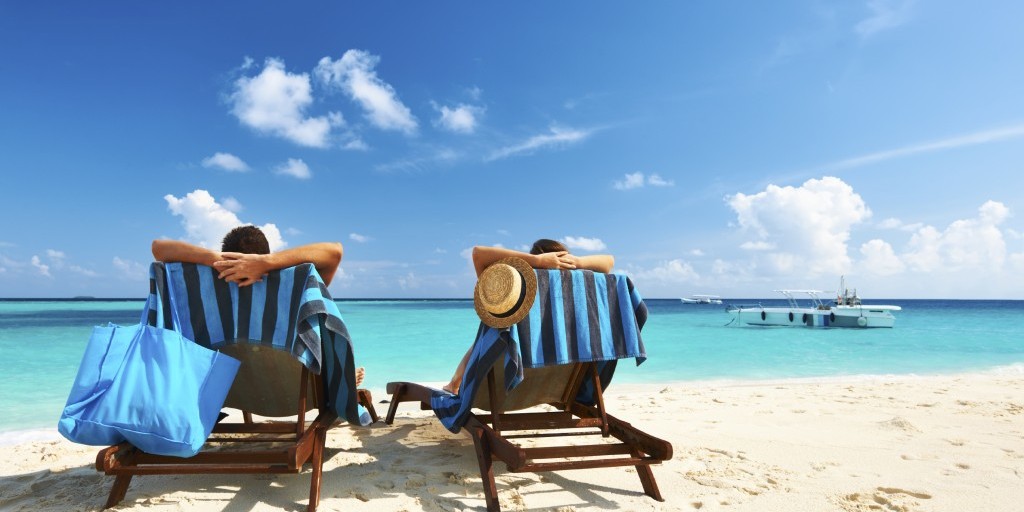 Tortolì is one of the most renowned centers on the east coast where you can appreciate nature, food and local life. From “country of torture” to reminiscences that revert the Trojans, its name is uncertain, or rather the assumptions about its origins are different, but there is a certainty, Tortoli, in the territory of Ogliastra, has an ancestral charm with its citrus groves whose scent pervades the senses, not for nothing in spring becomes ” Tortolì in fiore “, where narrow streets and alleys are covered with an expanse of colored petals. Its coasts, so beautiful: fascinated by the shapes and inviting for the view, they force us to stop until the evening, because the sunset is unique here. And that red porphyry that more than anything characterizes this area.
Tortolì is one of the most renowned centers on the east coast where you can appreciate nature, food and local life. From “country of torture” to reminiscences that revert the Trojans, its name is uncertain, or rather the assumptions about its origins are different, but there is a certainty, Tortoli, in the territory of Ogliastra, has an ancestral charm with its citrus groves whose scent pervades the senses, not for nothing in spring becomes ” Tortolì in fiore “, where narrow streets and alleys are covered with an expanse of colored petals. Its coasts, so beautiful: fascinated by the shapes and inviting for the view, they force us to stop until the evening, because the sunset is unique here. And that red porphyry that more than anything characterizes this area.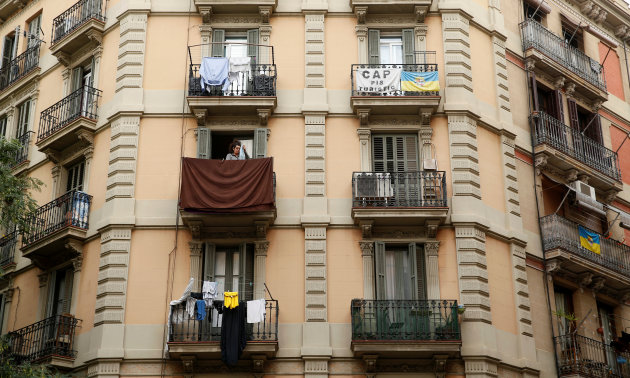



 Have yourself and your family sponsored!
Have yourself and your family sponsored!

 The falls of Iguazu it is dreaming!
The falls of Iguazu it is dreaming!























